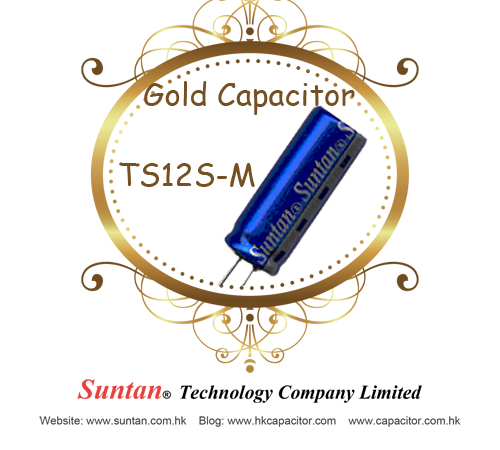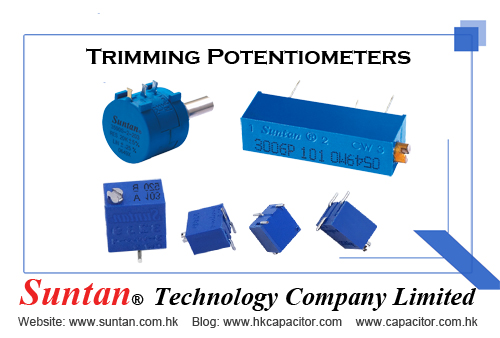Smaller density, four times the capacity, instant recharge... awesomeness.
You smell that? It’s the silicon-enriched aroma of new technology, and the source is nothing short of amazing! A small company in Cedar Park Texas known as EEStor has claimed it has developed a battery that will solve all life’s troubles. Well, all tech enthusiasts’ troubles anyhow.
Anyone who owns, or has owned, a portable device is familiar with how irritating battery technology is. Not only does it take hours to recharge the battery, but the capacity is often mediocre at best. Furthermore, they degrade over time and their charge is lost at a rate of several percent each month. The likes of NiCad, Li-ion, NiMH and Li-Po (to name a few) all suffer these cruel flaws, and are commonly found in everything from MP3 players to notebook computers. Fortunately for consumers, a new battery technology is emerging. One that will make power issues a thing of the past – the super capacitor.
Super capacitors aren’t something new. They’ve been worked on, prodded, and enhanced by researchers and electrophiles (of the human variety) for many years with varying success. Nonetheless, it was only recently that such technology has become viable for industrial use, thanks to EEStor and its new patent. Its latest 127.7kg prototype dubbed as an EESU (Electrical Energy Storage Unit) claims to have a capacitance of 30.693 F, and retains a whopping 52,220 kWh of energy. Now that weight may seem excessive. Luckily this technology is completely scalable, meaning possible future development for small consumer devices. In actual fact, the prototype is made up of 31,353 smaller units arranged in parallel.
In addition to the high capacity and energy, there are other perks. How does unlimited recharge cycles sound? The EEStor prototype was charged and discharged over a million times; the result being no change in capacity whatsoever. Imagine that in your laptop or mobile phone! And to top it off, now imagine plugging your drained phone into its charger, having a short satisfying yawn, then unplugging it straight after with a full battery. They’ll charge as fast as you can pump power to them. Yes, capacitors are that cool.
So how does this miracle battery work, I hear you ask? Let’s start with the basics. A capacitor consists of two conducting parallel plates immersed in a non-conductive (dielectric) medium. The plates are directly connected to the terminals of the capacitor, which then connect to a circuit. When power is fed to the capacitor, the negatively charged plate gains electrons lost from the positively charged plate. The capacitor finishes charging when this process of losing/gaining electrons completes. Since the negative plate is negatively charged, it wants to give off electrons to restore it to its original state. Likewise for the positive plate, however it wants to gain electrons. When the capacitor is connected to a closed circuit, the extra electrons from the negative plate travel through the circuit back to the positive plate. This creates a current in the circuit. It’s that simple, two plates and a dielectric!
The capacitance of a capacitor is measured in Farads (F). The 30.693 F of the EEStor prototype may seem somewhat small - but what if I told you that the capacitors in your PC right now were about 30mF (micro farads). That makes this super capacitor one million times more effective in terms of capacitance. A Farad is calculated by multiplying current by time over voltage ((A*s)/V). Considering it runs at 3500v, 30F is quite large.


